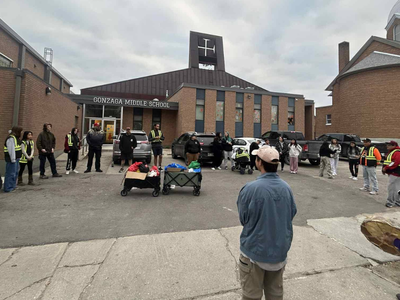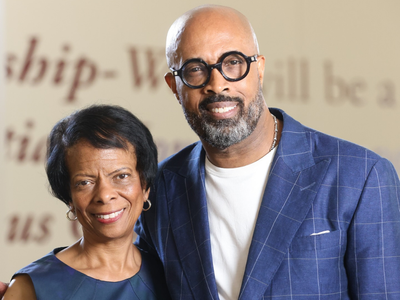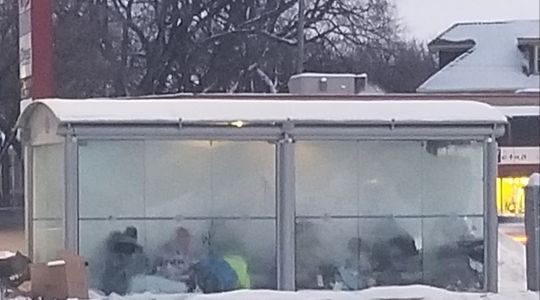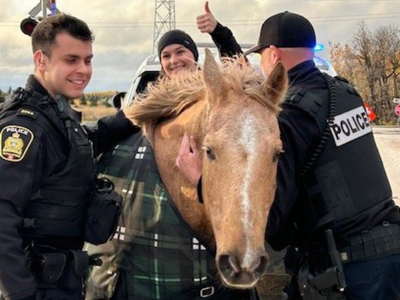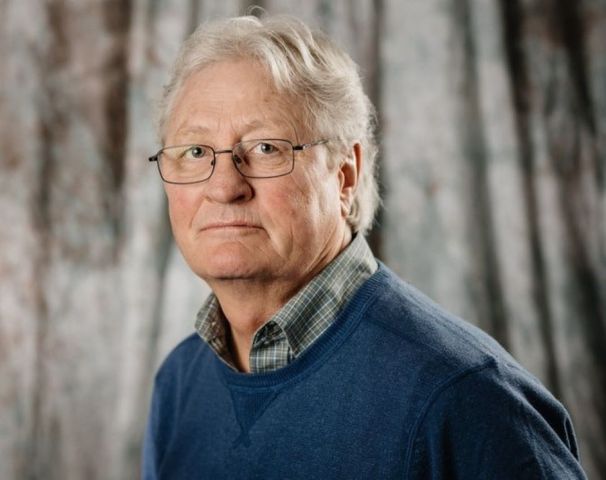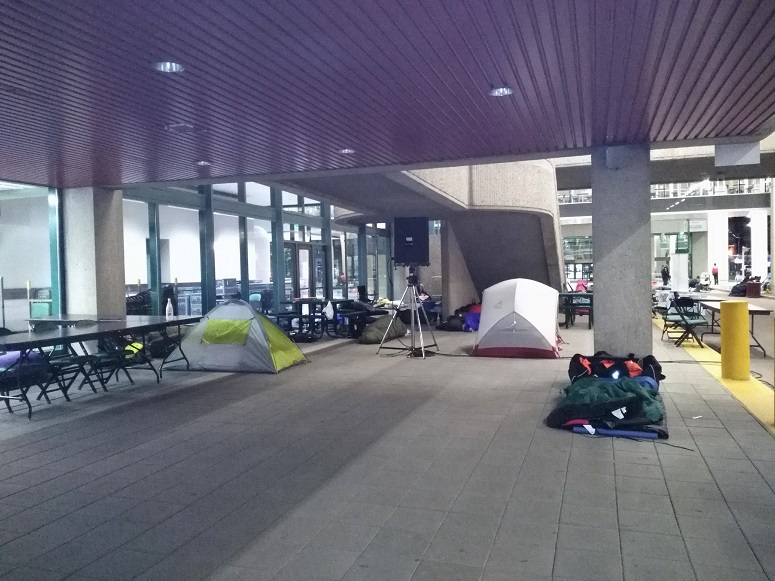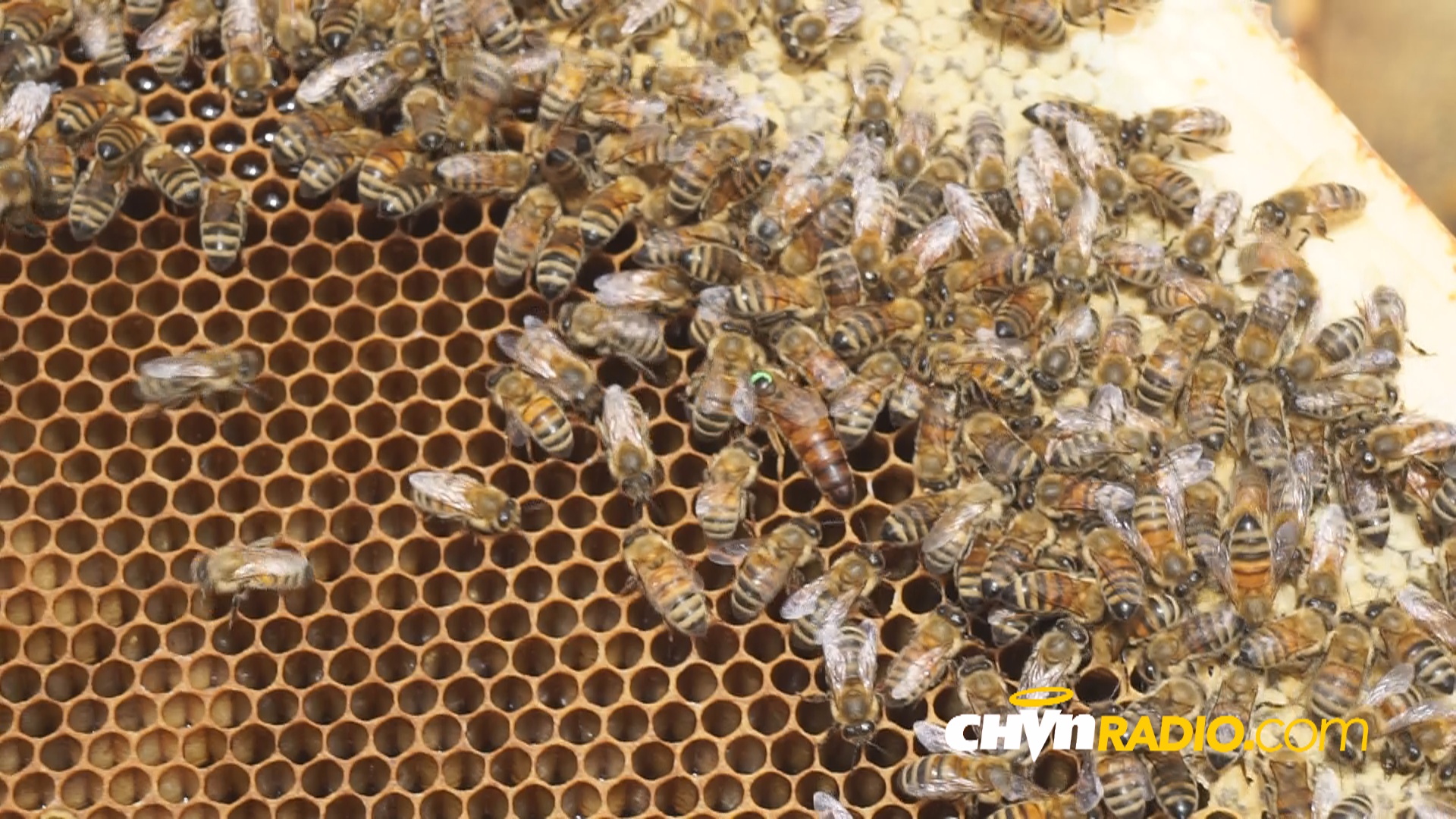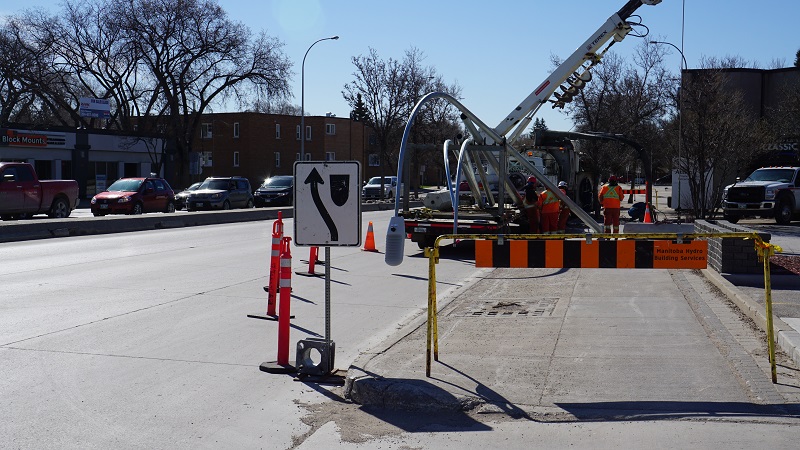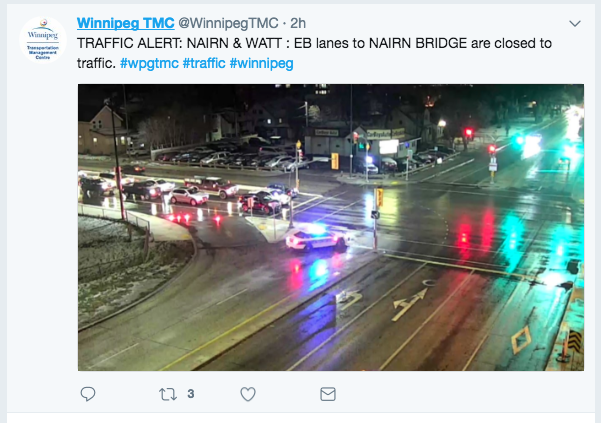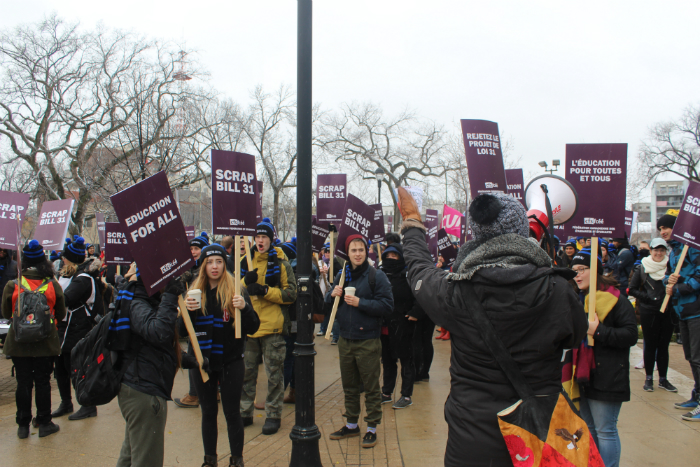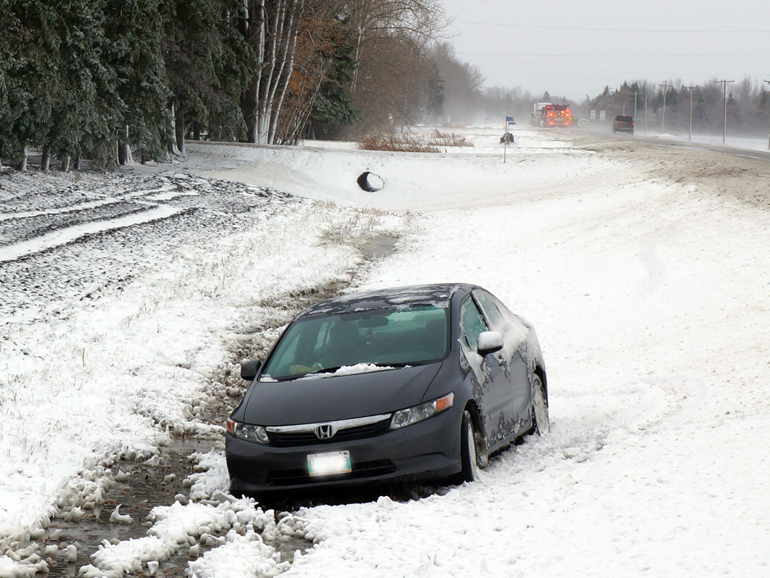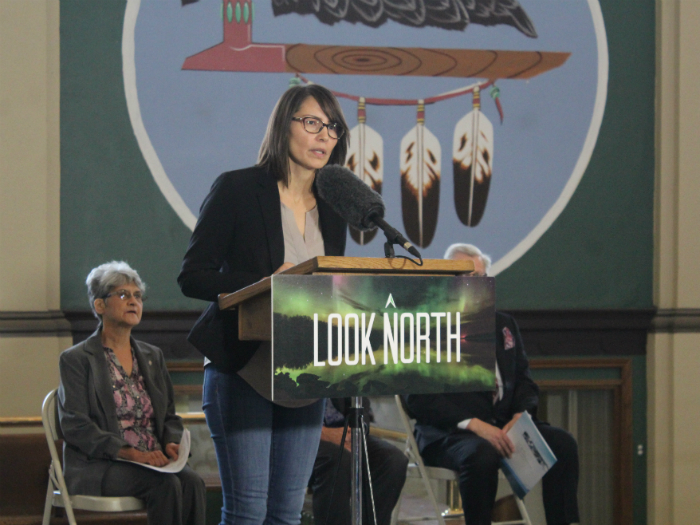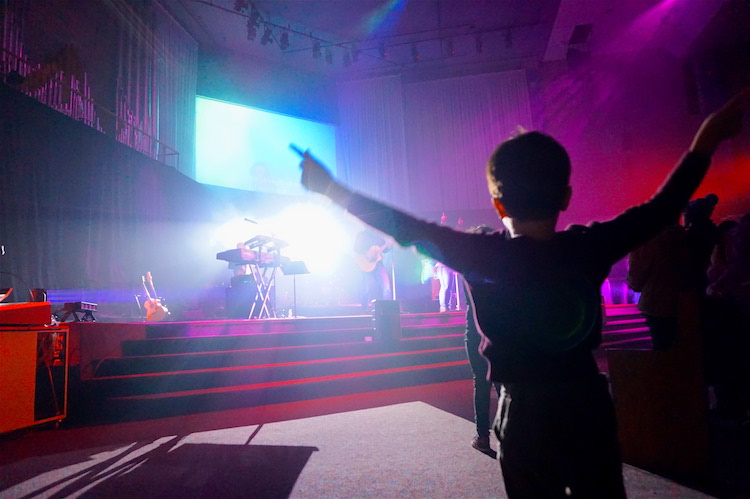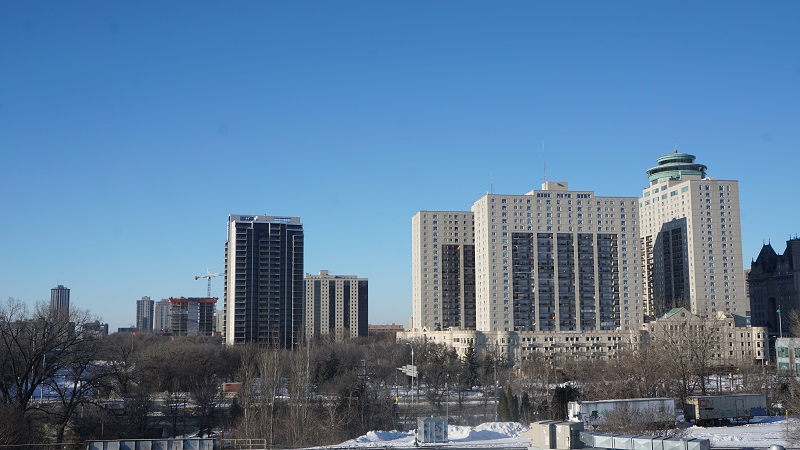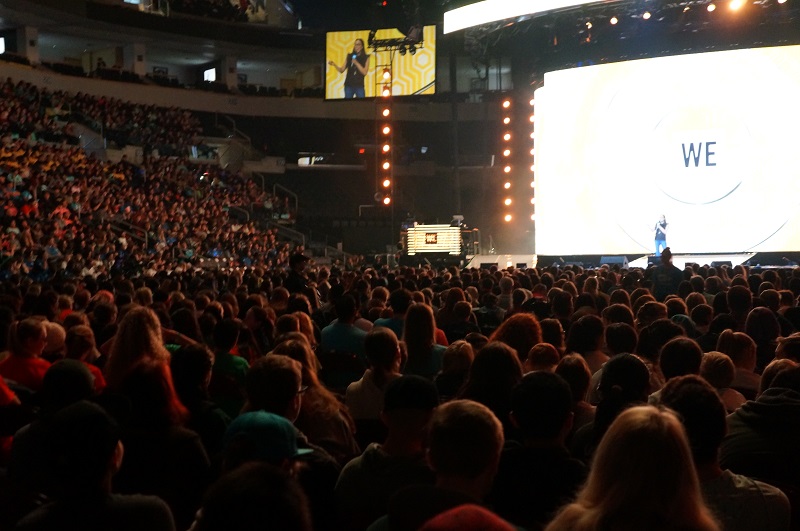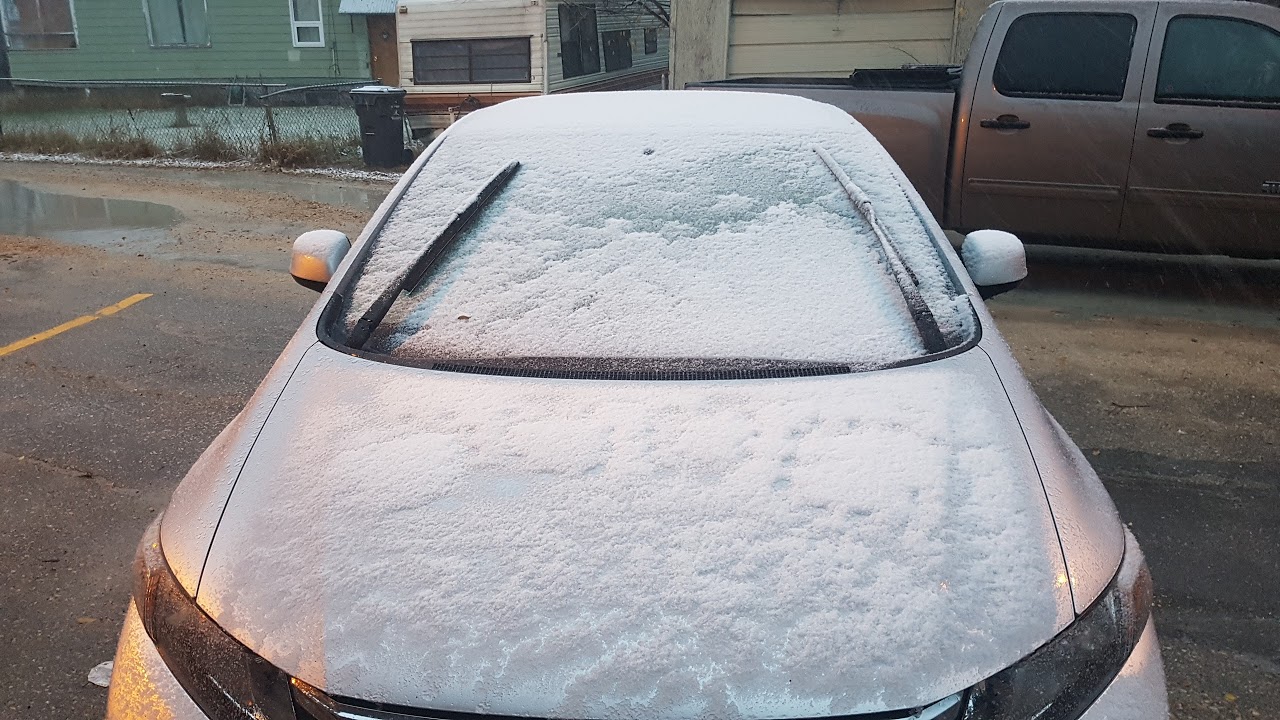Arts & Culture
David Elias journeys 'Into the D/ark' of the Pembina Valley
The setting for David Elias’s new book is a familiar one: late autumn in the Pembina Valley. The less-familiar element of it is the era in which it is set: the early 1960s, when the prevalence of media – particularly American media – is creeping into the region, ranging from the entertainment of the Ed Sullivan Show to the horror of the Kennedy assassination. It is in this landscape that the reader journeys Into the D/ark with the Winkler-born, Winnipeg-based Elias to meet the characters feeling the impact of media’s influence. The landscape has been built over the course of Elias’s acclaimed writing career with characters from previous books finding themselves in this changing world, which is one that Elias remembers well. “It was an education in a different culture in many ways,” Elias recalls of his first exposure to channels like NBC. “You might be watching there’s [Muhammad Ali] on stage with Liberace in his glittering outfit, and the two of them are doing a routine where Muhammad Ali is reciting his poetry before one of his big bouts. You’re like, ‘We’re not in Kansas anymore.’” .embed-container { position: relative; padding-bottom: 56.25%; height: 0; overflow: hidden; max-width: 100%; } .embed-container iframe, .embed-container object, .embed-container embed { position: absolute; top: 0; left: 0; width: 100%; height: 100%; } That initial exposure to television is explored through the Martens brothers, Jake and Corney, who spend much of their time indoors after being mutilated in a fire. Jake becomes increasingly isolated from his community, spending hours alone with the television to the point that he takes comfort from the test pattern (“He says it’s like living in a light bulb,” Elias explains). The isolation of the Martens brothers combines with several other darker circumstances in the lives of people in the community to create Into the D/ark. These circumstances are held in a dialectic with the stereotypical idyllic nature of life in southern Manitoba – a tension that is subject of many books in what Elias refers to as the “Mennonite literature” genre. “I think it would be something that would happen to a lot of people who’ve grown up in what I refer to as a folk society where you have a very rigid sharing of values and ideas and customs and food and dress and everything,” Elias acknowledges of his idea to share the bad alongside the good. “There’s a lot of uniformity there. And, of course, with a lot of uniformity, you’re going to have people who don’t feel like they really want to or can fit in, and it feels maybe oppressive, repressive to some extent. And I think that’s where the motivation comes from to break free.” At the same time, Elias holds his upbringing and inspiration in the highest esteem. “There was this whole other side – it was idyllic. I wouldn’t trade [my upbringing] for anything. It was, in many ways, absolutely wonderful. I could wander the open landscape, the countryside, just really be totally myself in nature, in the landscape.” “There’s a combination of nostalgia for that time and the place, but of course, you have to be careful because if you become too nostalgic, then you’re going to gloss things over.” View this post on Instagram A post shared by Radiant Press (@radiantpress) Given this tricky balance, Elias knows that the book might be a tricky lift for some readers, particularly those who also have ties to the Pembina Valley. Ultimately, he hopes that readers encounter Into the D/ark as a study of landscapes. “Their reaction to media would be one aspect, an important aspect,” he says, “but also their own emotional landscape that they were exploring. So, you had the media landscape, their own personal emotional landscape... to me, that’s where the book ultimately goes.” Into the D/ark gets an official release party at McNally Robinson Booksellers in Winnipeg at 7 p.m. on October 23. More information can be found on their website.
